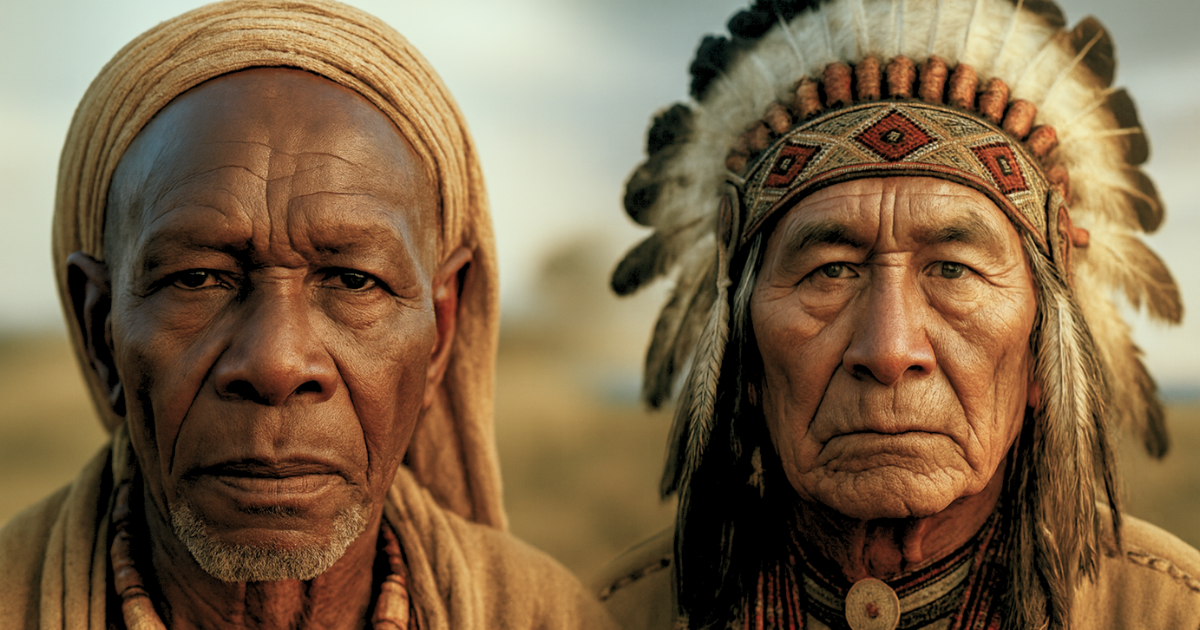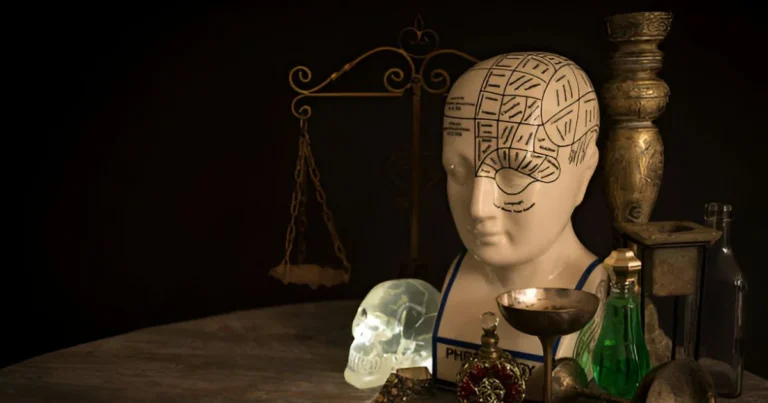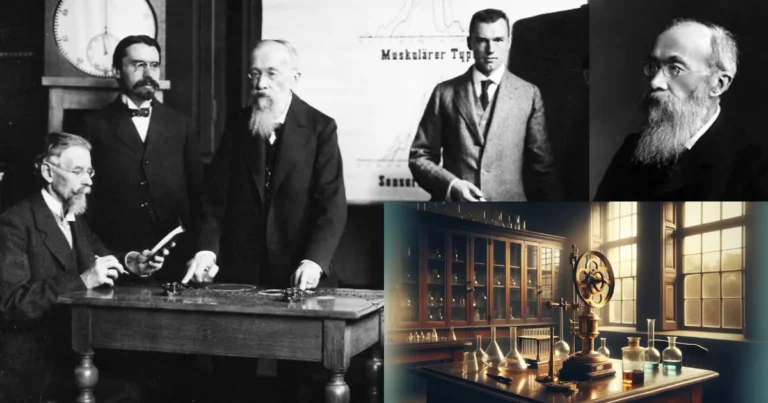Elders of power: The tribal elder
Tensions run so high that the slightest gesture could spark a clash. Suddenly, silence falls. An old man steps forward, his slow pace sharply contrasting with the agitation of the young, who were about to kill each other over access to a stream bordering their land. The elder carries no spear, no shield—only the weight of years and the force of his words. Everyone waits. Not out of fear of punishment, but out of respect for a voice that embodies the clan’s memory. When he speaks, the shouts calm, the weapons lower. His judgment, born of experience and wisdom, is worth more than a thousand threats.
Whether he is an Ashanti of Africa or a Sioux chief of the North American plains, the tribal elder is that mediator who transforms aging into authority. Guardian of stories, arbitrator of conflicts, spiritual guide: his power is not violence but the wisdom of time. In this article, we will explore this figure and try to shed light on the power of age.
More than authority: how elders shape community across cultures
A tribal chief needs no weapon to command. His authority comes from what he holds within: decades of memory, tales, scars. When he speaks, one does not just hear his voice, but the echo of an entire people behind him. Claude Lévi‑Strauss, observing Native American societies, wrote that the speech of the elders constitutes “a living archive,” keeper of what no writing can fully capture (Tristes Tropiques, 1955).
First and foremost, this function of collective memory makes the old man into a chief. He knows the origins of lineages, the covenants made between families, the founding stories that explain why a particular land or river belongs to a given clan. His knowledge is not up for debate: it is the foundation upon which all legitimacy rests.
But being memory also means becoming mediator. Confronted with tensions, he does not let passion carry him away. His authority comes from time: he has witnessed wars that began and ended, promises broken and others kept. Among the Tiv of Nigeria, anthropologist Paul Bohannan observed that elders were the natural arbitrators of conflicts—not because they imposed laws, but because everyone recognized in them a shared conscience.
🔗 Read also: The Himba and the hidden colors of the world
This earthly wisdom carries a spiritual dimension. In Africa, John Mbiti noted that elders are mediators between the living and the ancestors (African Religions and Philosophy, 1969). Aging brings one closer to the invisible world: every word of an elder-chief resonates like a prayer, every gesture like a ritual.
Finally, the aged chief does not dwell only in the past. He is also a bridge, tasked with preparing those who follow him. His mission is not to hold power forever, but to teach patience and the art of speech to those who will one day become elders themselves.
Africa: the elder as living pillar
In Africa, the tribal elder remains central to social life. Even where cities stretch out and modern administration with its judges and prefects takes over, people still consult the old man seated in the shade of the council tree. His voice may no longer carry written legal force, but it retains the power of collective recognition.
Among the Ashanti of Ghana, the chief is the guardian of land, the one who ensures that lineages respect pacts made across generations. His age grants him particular legitimacy: precisely because he remembers alliances and ruptures, he can arbitrate the present. Early scholars like Fortes and Evans‑Pritchard, in African Political Systems (1940), showed how chieftaincy in Africa rested not only on political authority but on a memory embodied by older men, mediators between custom and daily life.
With the Maasai, the elder‑chief presides over initiation rituals. Young warriors, in the prime of life, do not pass through this rite alone: they require the word and blessing of those who have already lived through time. Without the elder, there is no transmission, no social recognition.
Even in highly modernized societies, such as in South Africa or Nigeria, elder‑chiefs continue to serve as mediators. They are sometimes called upon by the state to resolve land disputes or to calm communal tensions. Paul Bohannan, studying the Tiv in Nigeria, described how the community deferred to elders to render justice: their judgments did not impose by force but by consensus.
Thus, despite urbanization and the rise of individualistic values, the aged chief remains a living pillar. In Africa, modernity has not erased tradition: it coexists with it, giving the elder a unique role—one that links two worlds: ancestral memory and present demands.
Native americans: the tribal elder in a disintegrated world
On the northern plains, around firelight or in the silence of tipis, the words of the elder once served as the communal bond. Among the Sioux, Cheyenne, or Iroquois, the leader was not only the man who led into battle. One distinguished the war chief—chosen for courage—from the civil chief, whose authority rested on wisdom. The latter was the one youth warriors, although armed and formidable, respected deeply, waiting for his judgment as if for an oracle.
In League of the Ho‑dé‑no‑sau‑nee (1851), Lewis Henry Morgan recalled that among the Iroquois, women of the clan appointed their chiefs. The choice was not about physical strength but balance, patience, and eloquence. The aged chief thus became the voice of the group, guarantor of a collective memory that no archive could replace.
🔗 Explore further: Exposing Authority’s Dark Side: Revisiting the Stanford Prison Experiment
Nevertheless, this world was shaken. Colonization, land dispossession, reservation systems shattered the old order. Colonizers recognized some chiefs not for their wisdom but for their usefulness in signing often unjust treaties. The role of the old chief was politicized, emptied of its substance. Heroes like Sitting Bull or Crazy Horse embodied heroic resistance, but their words stood against forces far more powerful, driven by capitalism and conquest.
Even today, in reservations, elders continue to pass on language, songs, stories. Pierre Clastres, in Society Against the State (1974), emphasized how the authority of Native American chiefs rested on speech, not coercion: a fragile model that did not withstand the violence of state structures. Vine Deloria Jr., in Custer Died for Your Sins (1969), forcefully denounced how elders have been marginalized, reduced to witnesses of a memory capitalism seeks to erase.
Thus, among Native nations, the aged chief is no longer the living pillar he once was in Africa: he has become the custodian of a disintegrated world. His presence is a painful reminder: a people may lose its land, its customs—but as long as an elder speaks, its soul still survives.
Two destinies of age
Putting Africa and Native American nations side by side, one observes two contrasting trajectories of age embodied in the tribal elder. On the one hand, a world where modernity and capitalism are advancing but have not erased the place of elders; on the other, a disrupted realm where colonization and individualism have marginalized the voices of old chiefs.
In Africa, the aged chief remains a social actor. Even if state structures now dominate, people continue to seek his voice in land disputes, ceremonies, rites. His wisdom is still alive, his memory still active in the communal fabric. Aging here is synonymous with increased authority: the elder is not sidelined—he becomes central. Fortes and Evans‑Pritchard (in African Political Systems, 1940) already highlighted that African societies had found in age a foundation of legitimacy.
For Native Americans, the story is different. The old chief, once appointed for his patience and eloquence, has been weakened by colonization. Morgan (League of the Ho‑dé‑no‑sau‑nee, 1851) described the brilliance of Iroquois structures; Clastres (Society Against the State, 1974) recalled the importance of speech as authority. But conquest, capitalist expansion, and dispossession have turned the chief into guardian of a memory facing extinction. Vine Deloria Jr. (Custer Died for Your Sins, 1969) made this bitter observation: the elder is no longer consulted—he is tolerated, pushed to the margins of a system that no longer speaks his language.
Two worlds, two destinies. But one same principle: legitimacy comes with age. Where modernity combines with tradition, as in Africa, the elder‑chief remains a living pillar. Where modernity has crushed tradition, as in America, he becomes a witness to a vanished world. In both cases, he reminds us of a universal truth: aging is memory, and memory is power.
The aged chief, universal mirror of memory
If we have chosen the tribal chief for this article, it is because he embodies a truth too often forgotten: aging is not retreat—it is elevation. His authority arises not from force or wealth, but from time lived, memory accrued, wisdom shared.
🔗 Discover more: The hidden power of words: The “Honey” enigma
The African and Native American examples we have discussed are just two faces of this reality. Other societies—in Oceania, in Asia, or even medieval Europe—have known this figure of the elder‑guide, simultaneously mediator, bearer of history, and guardian of spiritual connection. The universality of this role reminds us that before the rise of capitalism and individualism, age everywhere was recognized as a communal treasure.
Today, modern societies all too often invert this logic: the old are relegated to institutions, marginalized by speed, competition, and productivity. The International Day of Older Persons, celebrated each October 1, offers a chance to measure what we lose by silencing their voices. Because without elders there is no memory; and without memory, there is no collective identity.
References
Bohannan, P. (1957). Justice and Judgment Among the Tiv. London: Oxford University Press.
Clastres, P. (1974). La société contre l’État. Paris: Minuit.
Deloria, V. Jr. (1969). Custer Died for Your Sins: An Indian Manifesto. New York: Macmillan.
Evans-Pritchard, E.E. (1940). The Nuer. Oxford: Clarendon Press.
Fortes, M. & Evans-Pritchard, E.E. (1940). African Political Systems. London: Oxford University Press.
Lévi-Strauss, C. (1955). Tristes Tropiques. Paris: Plon.
Mbiti, J. (1969). African Religions and Philosophy. London: Heinemann.
Morgan, L.H. (1851). League of the Ho-dé-no-sau-nee, or Iroquois. Rochester: Sage & Brother.

Amine Lahhab
Television Director
Master’s Degree in Directing, École Supérieure de l’Audiovisuel (ESAV), University of Toulouse
Bachelor’s Degree in History, Hassan II University, Casablanca
DEUG in Philosophy, Hassan II University, Casablanca







